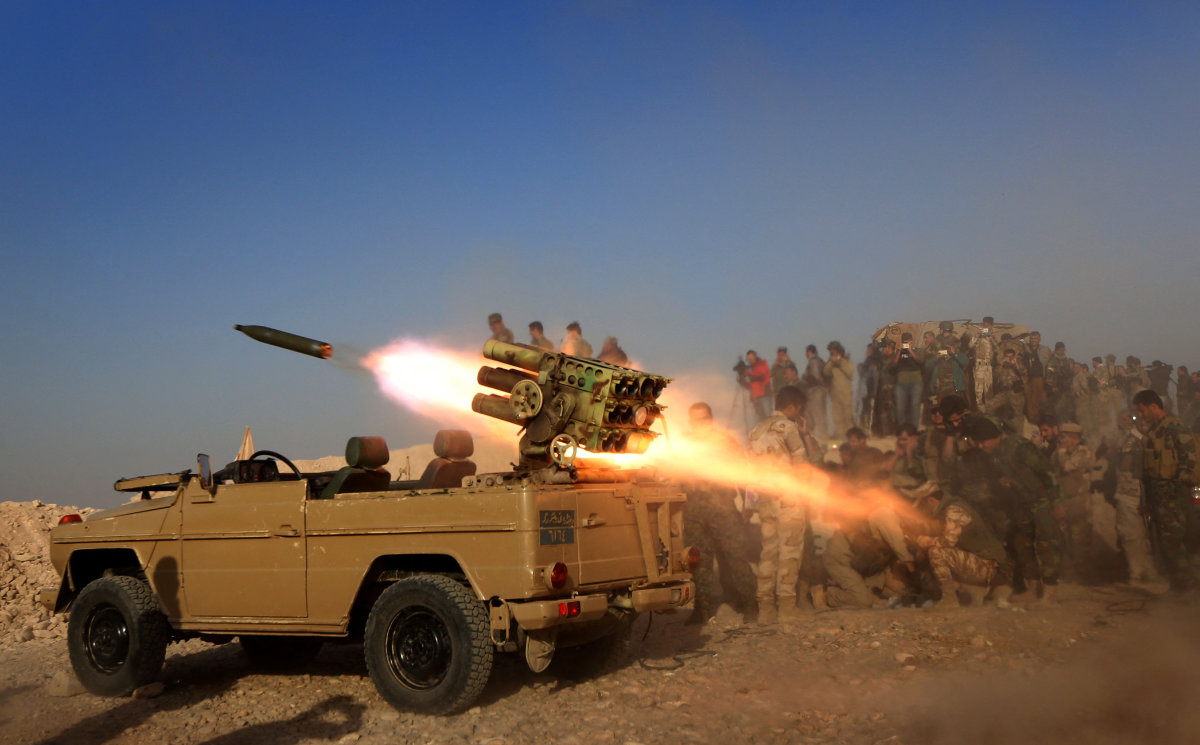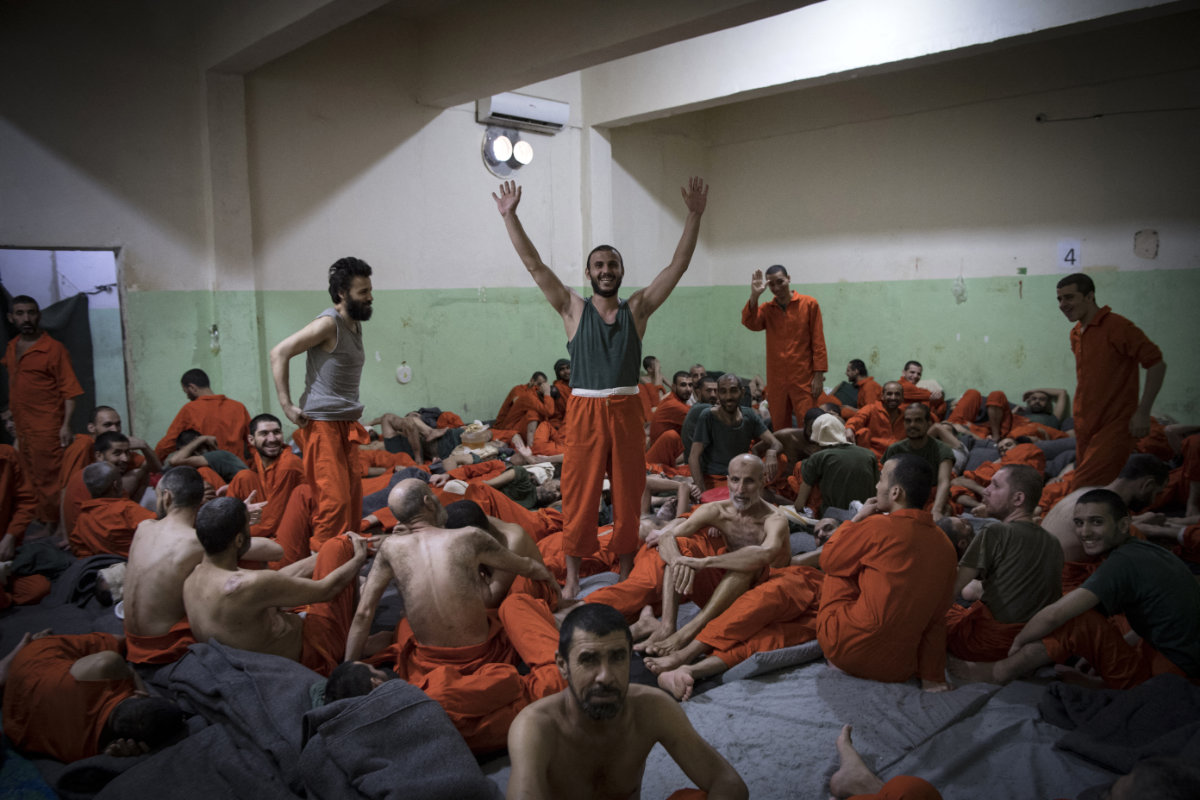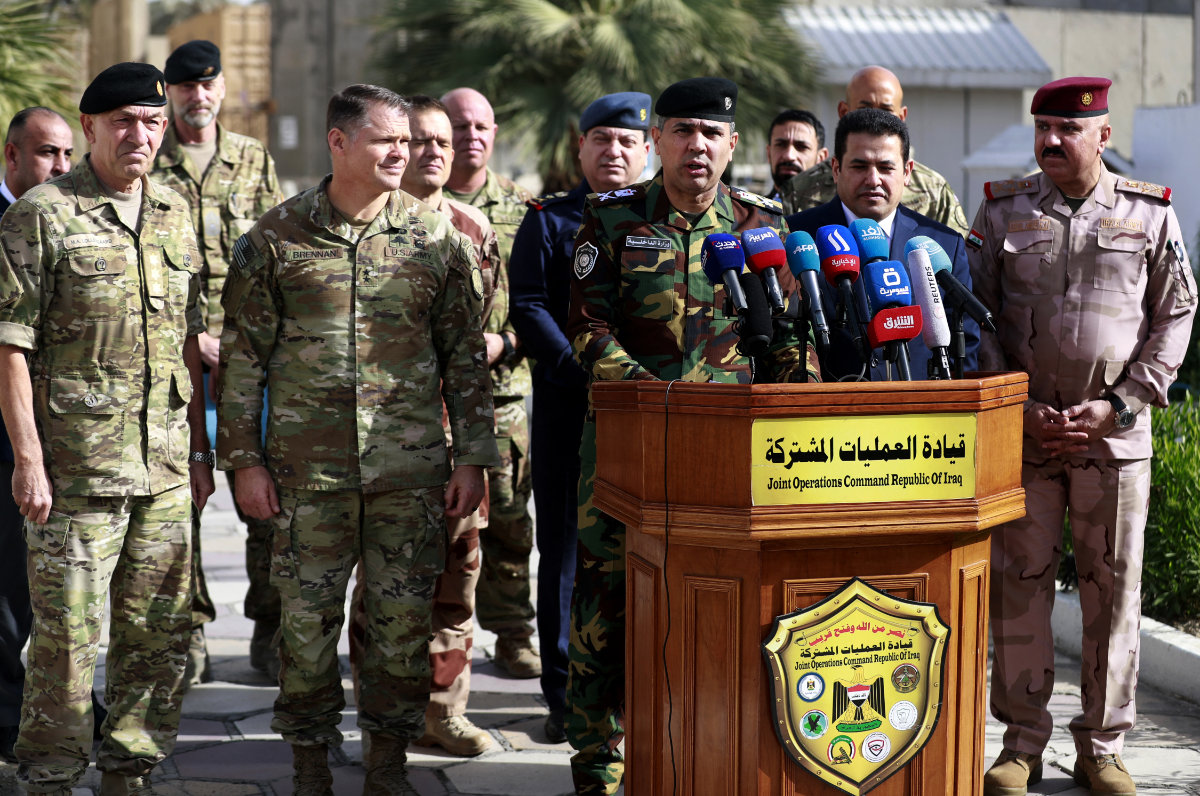KYIV: In war-torn Ukraine, he is Alya Shabaanovich Gali, a popular doctor with a line of patients waiting to see him. To his family thousands of kilometers away in the besieged Gaza Strip, he is Alaa Shabaan Abu Ghali, the one who left.
For the past 30 years, these identities rarely had cause to merge: Gali moved away amid instability in Gaza, settled into his new home in Kyiv, adopted a different name to better suit the local tongue, and married a Ukranian woman. Through calls, he kept up with his mother and siblings in Gaza’s southernmost city, Rafah. But mostly, their lives played out in parallel.
In February 2022, Russia’s invasion of Ukraine threw Gali’s life into chaos, with air raids and missile attacks. Nearly 20 months later, the war between Israel and Hamas turned his hometown into a hellscape, uprooting his family.
Both are violent conflicts that have upset regional and global power balances, but they can seem worlds apart as they rage on. Ukraine has lambasted allies for coming to Israel’s defense while its own troops languished on the frontlines. Palestinians have decried double standards in international support. In each place, rampant bombardment and heavy fighting have killedtens of thousands and wiped out entire towns.
In Gali’s life, the wars converge. A month ago, his nephew was killed in an Israeli strike while foraging for food. Weeks later, a Russian missile tore through the private clinic where he’s worked for most of his professional life. Colleagues and patients died at his feet.
“I was in a war there, and now I am in a war here,” said Gali, 48, standing inside the hollowed-out wing of the medical center as workers swept away glass and debris. “Half of my heart and mind are here, and the other half is there.
“You witness the war and destruction with your family in Palestine, and see the war and destruction with your own eyes, here in Ukraine.”
Gaza to Kyiv
There’s an Arabic saying to describe a family’s youngest child — the last grape in the bunch. Gali’s mother would say the last is the sweetest; the youngest of 10, he was her favorite.
When Gali was 9, his father died. Money was tight, but Gali excelled in school and dreamed of becoming a doctor — specializing in fertility, after seeing relatives struggle to conceive.
In 1987, the first Palestinian intifada, or uprising, erupted in Gaza and the West Bank. Gali joined the youth arm of the Fatah Movement, a party espousing a nationalist ideology, long before the Islamist Hamas group would take root. One by one, friends were arrested and interrogated; some went to prison, others took up arms.
Gali had a choice: Stay and risk the same fate, or leave.
There was good news: an opportunity to study medicine in Almaty, Kazakhstan. Gali bade tearful goodbyes to his family, not knowing if he’d see them again.
He traveled to Moscow, expecting to catch a train. Instead, he learned Almaty was no longer an option. But there was a spot in Kyiv.
And so a young Gali arrived in Ukraine in 1992, just after the Soviet Union’s collapse.
It was like leaving one bedlam for another, he said: “The country was in a state of chaos, with no law and very difficult living conditions.”
Many peers left. Gali stayed, enrolling in medical school.
New life, new name
In the Ukrainian language, there’s no equivalent for Arabic’s notoriously difficult glottal consonants. So in Kyiv, Alaa became Alya. He assumed a patronymic middle name, adding the usual suffix to his father’s name — Shabaanovich.
While learning Russian — spoken by most Ukrainians who’d lived under the Soviet Union — Gali struggled with errands. Neighbors helped. Through them, he met his wife. They would have three children.
He finished medical school, becoming a gynecologist specializing in fertility. His career’s early days were long, seeing dozens of patients. Eventually, he landed at a practice at the Adonis medical center, where he thrived.
When Gali drives to work, listening to songs in Arabic, he passes Kyiv’s Maidan, a square where anti-government protests set the stage for Russia’s seizure of Crimea in 2014. There was a war in Gaza that year, too, he remembers.
Gali mouths the lyrics as Ukrainian street signs whiz by: “You keep crushing us, oh world.”
Wars collide
On July 8, Gali was at work, but his mind was on Gaza.
A week earlier, a relative reached out — Gali’s 12-year old niece had been killed as Israeli tanks advanced to the edge of the Mawasi camp for displaced Palestinians, northwest of Rafah. Like tens of thousands of Gazans, his family had fled there on foot after Israel designated it a humanitarian zone.
Gali had already been mourning. A nephew, Fathi, was killed the previous month. Gali saw it himself, he said, on television — his nephew’s lifeless body on the screen, headlines flashing in Arabic. He described the image and Fathi’s clothes to a relative, who confirmed it was him.
Their deaths weighed heavily on Gali. For nine months, he’d lived in fear for his family, of a text message saying they’d all been killed.
In the medical center that day, air raids rang out all morning. Before greeting his next patient, he shared a few words with the center director. She’d just driven by Okhmadyt Children’s Hospital, struck hours earlier by a missile — a terrible sight, Ukraine’s largest pediatric facility in ruins, she told him. He told her about the deaths of his niece and nephew, the darkness of his grief.
Not long after, Gali’s world went even darker.
A Russian missile came hurtling toward the center, triggering an explosion that obliterated the third and fourth floors.
Gali worked on the fourth. In the dense cloud of debris, he sought out shadowy figures covered in blood. He saw a patient and, using his phone for light, pulled her out from under the collapsed roof, as colleagues and others died around him — nine killed in all.
He led the woman to his office to wait for rescuers. Amid bodies on the floor, he found a colleague, Viktor Bragutsa, bleeding profusely. Gali couldn’t resuscitate him.
A room holding patients’ documents had been reduced to debris, their records spanning decades up in smoke.
He felt pangs of deja vu.
For months, he’d seen images of Gaza’s war. It was as if they’d somehow bled into his life in Ukraine.
“Nothing is sacred,” he said. “Killing doctors, killing children, killing civilians — this is the picture we are faced with.”
Only pain
Two weeks later, Gali stood in the same spot, gazing at bombed-out walls as workers sifted through rubble. “What can I feel?” he said “Pain. Nothing else.”
The center director’s office is destroyed. So is the reception area. Ultrasound machines and operating tables lay haphazardly.
He had stayed in Ukraine, didn’t evacuate his family — he took comfort in his office, in helping patients. And still, he said, he’ll stay.
In Gaza, he knows, there’s no safe place for his family to evacuate.
Communicating isn’t easy, with telecommunications blackouts. Weeks go by without word, until a nephew or niece finds enough signal to tell him they’re alive.
“No matter how difficult and impossible the situation is,” he said, “their words are always filled with laughter, patience and gratitude to God.
“I am here, feeling the weight.”
From Gaza to Kyiv, a Palestinian doctor lives between two wars
https://arab.news/nfpyg
From Gaza to Kyiv, a Palestinian doctor lives between two wars

- Gali moved away amid instability in Gaza, settled into his new home in Kyiv, adopted a different name to better suit the local tongue, and married a Ukranian woman
- Both are violent conflicts that have upset regional and global power balances, but they can seem worlds apart as they rage on






































